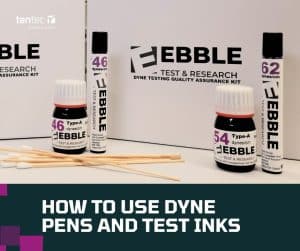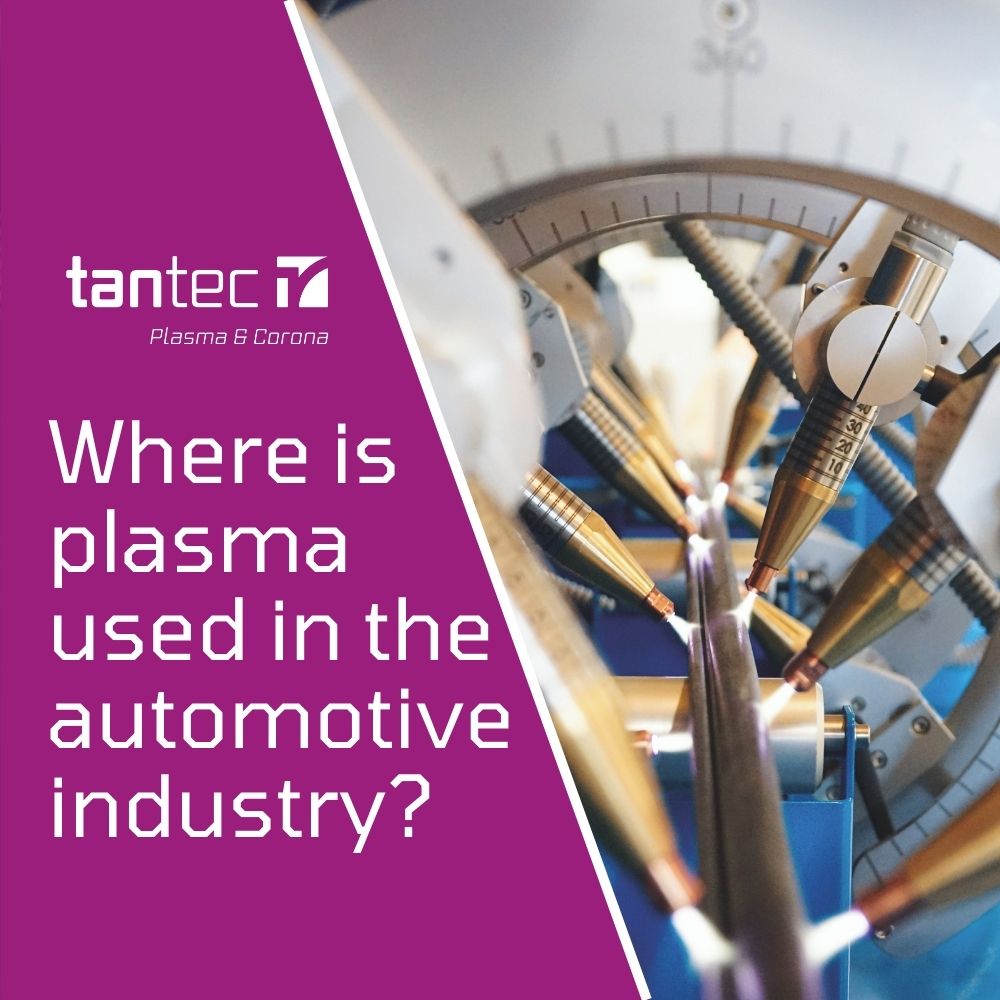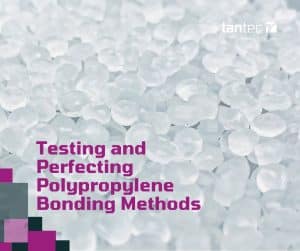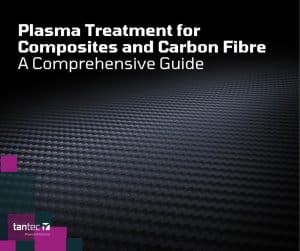
How to use Dyne Pens and Test Inks
Read this to find out the official way to get

Manufacturers across the globe are looking for innovative methods to improve the quality of their product offerings and to give customers exactly what they are looking for. Not least in the automotive industry where they are incorporating different manufacturing techniques to get the best product offerings. Since 2013, the UK automotive industry has been on average producing circa 1.5 million cars per annum. Considered a high-volume market, our team at Tantec UK tends to get involved in a range of automotive projects with major OEMs and tier one suppliers across the sector. These could be anything from seal applications and leather adhesive bonding to paint and coating adhesion. Both inline and offline processes are used within the automotive industry, with Vacuum Plasma and Atmospheric Plasma being two of our most sought after products.
Car manufacturers have started realising the benefits that Plasma Treatment has for adhesives and are incorporating them into their own service offerings for best results. With new models expected, car manufacturers want to stand out for their quality and the consistency of their product. And, being a solid provider of both quality and consistency, Tantec technology is the vendor that they head to.
A leading car manufacturer that Tantec technology recently worked with, successfully installed the most recent Vacuum Plasma systems in the manufacturing process to add value to their finished goods. Vacuum plasma is a fantastic technology that utilises a controlled environment to treat every surface on a component – especially useful for components with pre-treatment required on both A and B surfaces, or with deep draw areas. Often a sensible alternative to flame or priming too, which can be costly, dangerous or manual and unrepeatable processes.
It is carried out using a sealed vacuum chamber, which is usually maintained at conditions of around 1-5mbar. Taking most of the molecules out of the chamber, we are left with fewer to turn into plasma. At this low pressure, we can create a low temperature plasma rarely using more than 2,000 watts without any problem (your household kettle probably works at around 1,800 watts) – for more than 90% of applications, the only consumable other than power is compressed air; no process gases, chemicals or abrasives are needed.
In this case, the customer installed the unit within their state of the art manufacturing facility, the Vacuum Plasma treatment would allow the use of Polypropylene (PP) material to be used alongside a standard HB Fuller adhesive prior to foam/ leather application.
There were of course alternatives; a different material, such as PC/ABS could be used but at a significant cost per part increase and still no guaranteeing the quality of the bond. A different pre-treatment such as flaming could be used but with the ever rising cost of gas and the push to lower factory emissions, this was deemed an unsuitable process. Primers could have been used, but the COSHH restrictions and PPE requirement was significant enough to make it unviable – as well as the ongoing costs.
The car manufacturer that Tantec worked with, first faced this problem when they wanted to bond high quality hand crafted leather with the interior trim mouldings. The addition of hand crafted leather was vital to the process, which is why the inability to achieve exemplary adhesion was proving to be a hindrance for the manufacturer. Additionally, since the hand crafted leather was the style or the unique selling point of the service provider, it was important to get good adhesion for a good grip and longevity.
All interior trim mouldings require excessive surface treatment before the adhesive was applied. Considering the implications, the downtime and the need for improvement, it was necessary that the car manufacturer went for a more efficient option. This efficient option was presented by vacuum plasma treatment, which completely modified the interior trim by significantly increasing the polarity. All the tests were performed before implementation, which was done once the manufacturers were on the same page as Tantec.
The highly effective and technologically compatible Vacuum Plasma Treatment is the ideal solution for the activation of interior trim mouldings for car manufacturers. Also known as the VacuTEC, the treatment option helps ensure optimal adhesion and gives the manufacturer complete control over their manufacturing process. The VacuTEC comes in some common sizes as well as chambers bespoke for projects – this can also include specific additions such as automated doors, integration in to other systems and number/ size of trays within the machine.
The air inside this chamber is removed from within the sealed chamber, through the use of a vacuum pump or other methods. Once the air is removed the chamber pressure reaches the required level, high voltage is applied to the air that remains and creates a swirling energetic soup of plasma throughout the chamber.
The Plasma then interacts with the surface by firstly cleaning contamination such as finger prints and processing oils, before then working on changing the top layer of the material so it has the right chemistry to get adhesion – the adhesion could be to adhesives, but also used for printing, coatings and paints.
The VacuTEC installed by Tantec at the Tier One treatment plant has a good capacity of nearly 1 metre cube with treatment trays placed internally. This VacuTEC isn’t just very easy to use, but it can be extremely effective as well. The unit can help treat a set of upper body parts in a time of just 45 seconds.
While the use of plasma for improving adhesion is common, other benefits include the fact that it has a lower power requirement, long service intervals and minimal use of consumables (power and air). Many manufacturers are using this technology on historically good to bond to parts to make sure the components never fail, bringing the quality level higher than ever before even when used with modern water based adhesives.
You can get in touch with Tantec UK if you’re also facing problems with adhesion. We can help schedule a session for you, explaining the benefits of VacuTEC at our UK facility in Worcestershire.

Read this to find out the official way to get

Polypropylene (PP) bonding is traditionally a difficult task due to

Composites are becoming increasingly important in manufacturing, whether these are
40A Crossgate Road
Park Farm Industrial Estate
Redditch
B98 7SN
Tel: 01527 304 004
Email: info@tantec-uk.com
